Introduction
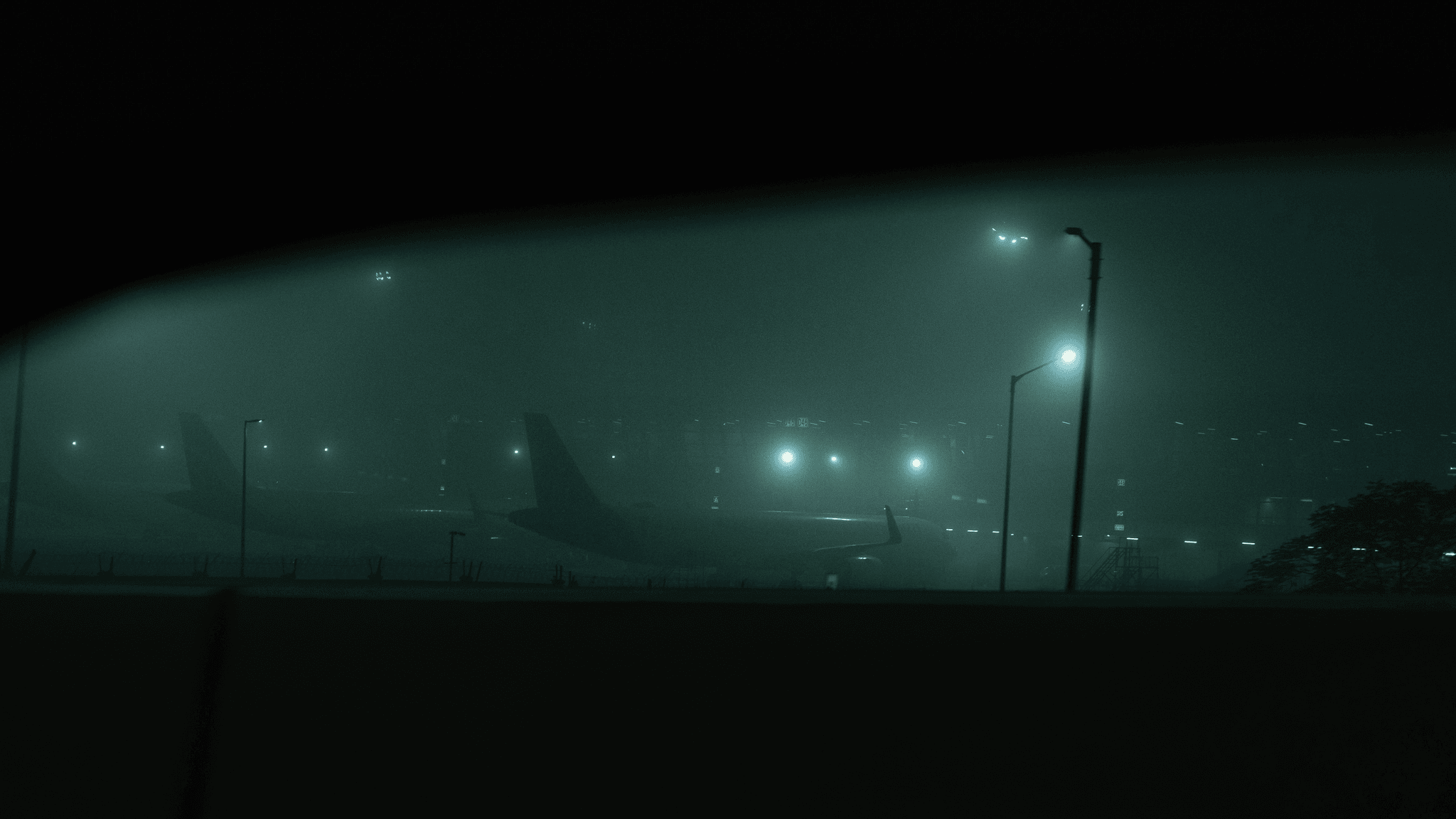
The Importance of Visibility for Landing
Visibility directly affects a pilot's ability to make informed decisions during the landing process. A lack of visual cues can lead to increased stress and uncertainty, which is why having precise measurements like Runway Visual Range (RVR) is critical. RVR monitors provide real-time data that helps pilots understand their surroundings, especially in challenging weather conditions.
Defining Runway Visual Range
Runway Visual Range (RVR) refers to the distance over which a pilot can see the runway surface markings or lights. It plays an essential role in aviation safety, particularly under low-visibility conditions such as fog or rain. The FAA RVR guidelines outline minimum visibility requirements necessary for safe landings, ensuring pilots have adequate information at their disposal.
Impact of Weather on Landings
Weather can dramatically influence landing procedures and safety protocols at airports worldwide. Fog is one of the most notorious culprits that can significantly reduce visibility; hence the question often arises: Can planes land in fog? Through advanced technologies like RVR aviation charts and innovative systems like Haisen's Advanced Surface Movement Guidance Control System, airports are better equipped to handle adverse weather conditions while maintaining safety standards.
Understanding Visibility Requirements
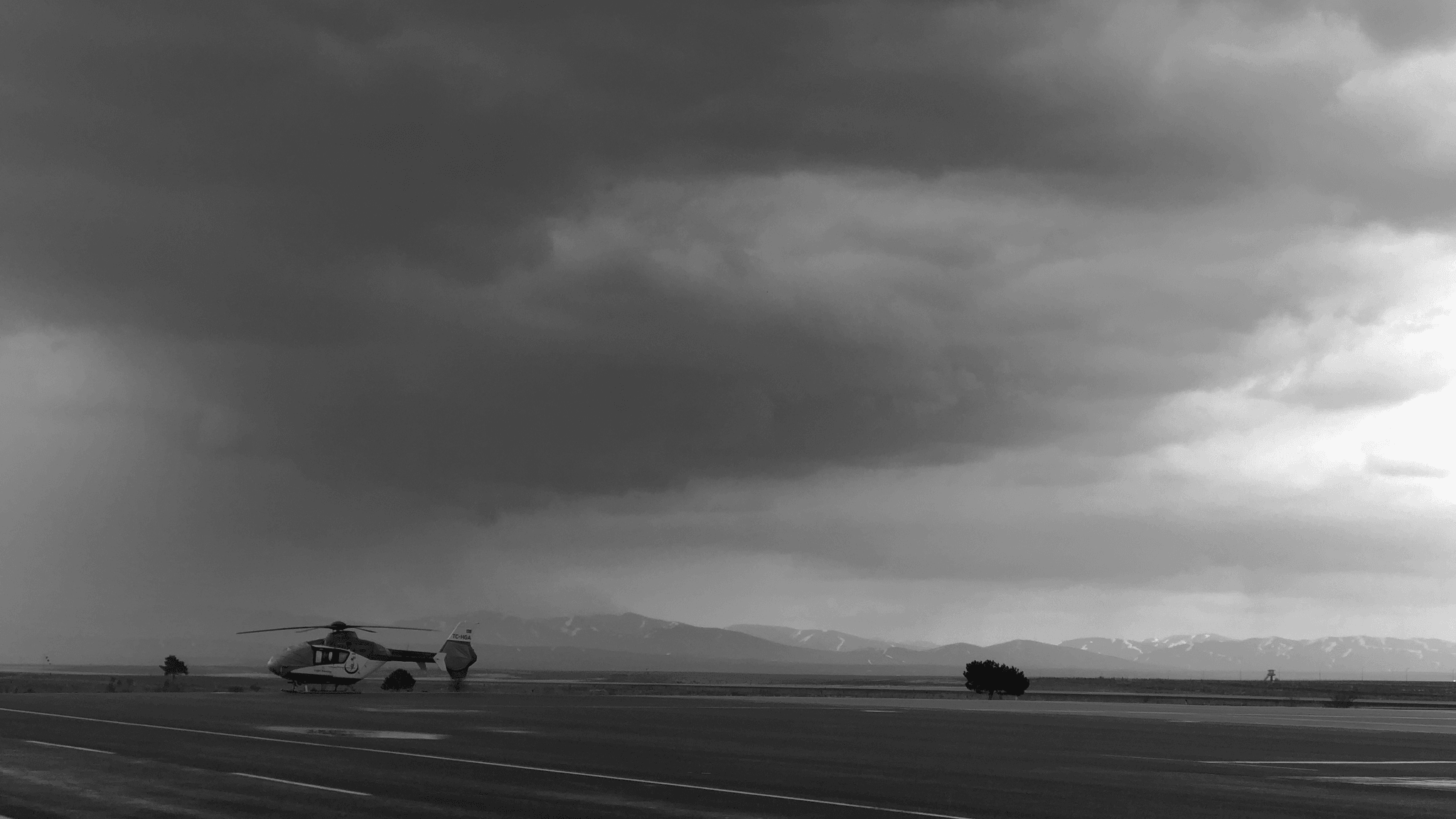
What Does RVR Mean in Aviation
RVR stands for Runway Visual Range, which measures the distance over which a pilot can see the runway markings and lights. In aviation, RVR is a critical factor when determining whether an aircraft can land safely under low-visibility conditions. The measurement of RVR helps answer the question: Can planes land in fog? If the RVR is above a certain threshold, typically defined by regulations like those from the FAA, then landing operations can proceed.
Understanding RVR in aviation allows pilots to make informed decisions during flight operations. For instance, if the RVR readings drop below minimum standards due to poor weather conditions, it may trigger alternative landing procedures or even diversions to other airports. Ultimately, having accurate RVR data ensures that pilots have sufficient information to assess how much visibility is needed to land a plane effectively.
Factors Influencing RVR Measurements
Several factors influence RVR measurements and subsequently impact landing decisions. Weather conditions play a significant role; elements like fog density, precipitation levels, and wind direction can all affect how far ahead pilots can see on approach to an airport. Additionally, lighting conditions at the airport—such as runway lights or surrounding ambient light—can either enhance or diminish perceived visibility.
Another important aspect affecting RVR readings is atmospheric phenomena like haze or smoke that may obscure vision without necessarily being tied to weather events like rain or snow. Pilots must be aware of these factors when interpreting data from an RVR monitor since they directly relate to how much visibility is needed to land a plane safely under varying circumstances.
Finally, technological advancements have improved how we measure and report these values through tools like runway visual range charts and automated systems that provide real-time updates on prevailing conditions at airports.
The Role of FAA RVR Guidelines
The FAA has established specific guidelines regarding acceptable levels of Runway Visual Range for safe aircraft operations during low-visibility situations. These guidelines dictate minimum required visibility distances depending on various factors such as aircraft type and approach method (e.g., precision vs non-precision approaches). By adhering strictly to these standards outlined by FAA rvr regulations, airlines ensure consistent safety practices across their fleets.
FAA rvr guidelines also help standardize training protocols for pilots who must understand these metrics thoroughly before taking command during challenging weather scenarios—especially when considering questions about whether planes can land in foggy conditions or not! Compliance with these rules not only enhances safety but also boosts confidence among passengers who rely on airlines' commitment to operational excellence.
In conclusion, understanding Runway Visual Range (RVR) plays an essential role in aviation safety during low-visibility situations while providing clear benchmarks against which both pilots and air traffic controllers operate effectively within regulated environments—ultimately enhancing overall flight safety standards across the industry.
Can Planes Land in Fog?
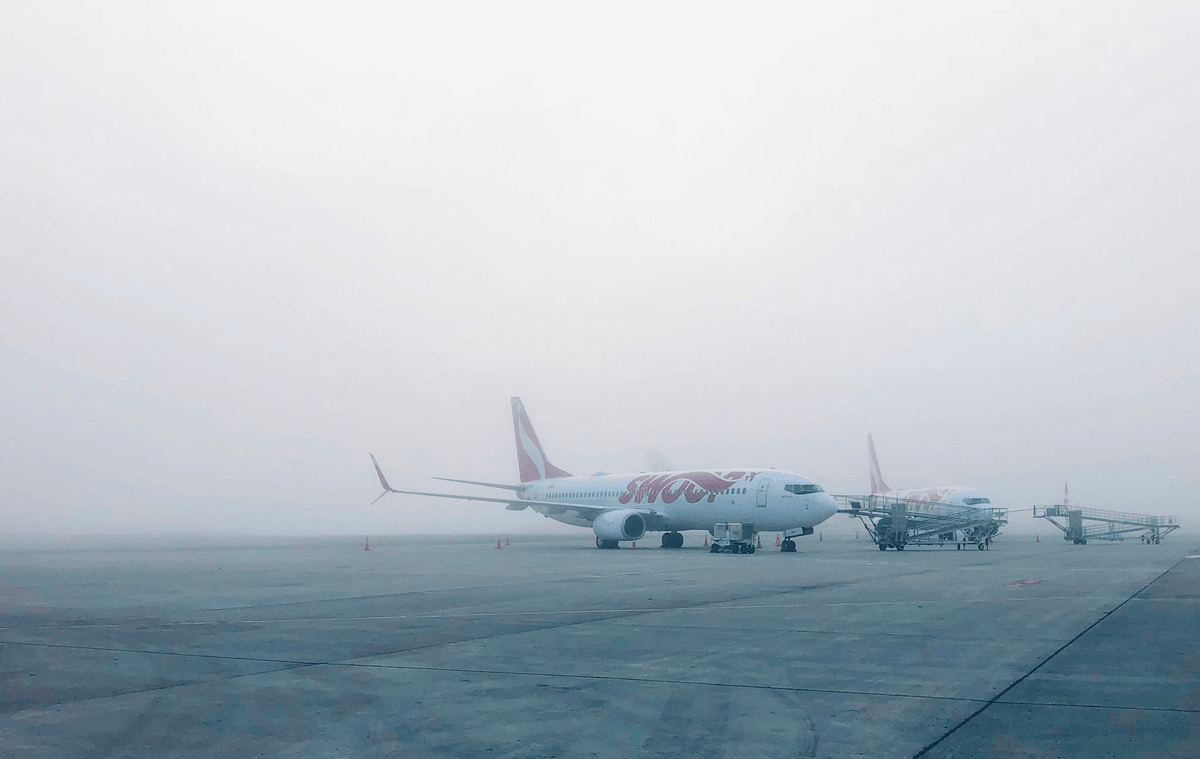
Fog can be a significant challenge for pilots and air traffic controllers alike, raising the question: Can planes land in fog? The answer is yes, but with specific conditions and technology in place. Understanding how much visibility is needed to land a plane involves knowing the runway visual range (RVR) and the various factors that can affect it.
Types of Fog Affecting Airports
Fog comes in several varieties, each impacting visibility differently at airports. Radiation fog, often seen on clear nights, can develop quickly and blanket runways, reducing RVR significantly. Advection fog occurs when warm, moist air moves over cooler surfaces; this type often lingers around coastal airports and can create challenging landing conditions.
Another common type is upslope fog, which forms when humid air rises over elevated terrain. Each type of fog presents unique challenges for pilots regarding how much visibility is needed to land a plane safely. Understanding these types helps aviation professionals prepare for low-visibility scenarios effectively.
The Technology Behind Low Visibility Landings
Modern aviation technology plays a crucial role in enabling planes to land safely even under low-visibility conditions like fog. Systems such as RVR monitors provide real-time data on runway visual range, giving pilots essential information about their landing environment. FAA RVR guidelines set minimum visibility standards that must be met for a safe landing.
Advanced avionics systems allow aircraft to utilize Instrument Landing Systems (ILS) that guide them down to the runway despite poor visibility conditions. These technologies work hand-in-hand with RVR aviation charts to ensure that pilots have accurate information about how much visibility is needed to land a plane successfully. As technology continues to evolve, so does the ability of aircraft to navigate challenging weather conditions.
Case Studies of Successful Fog Landings
Several notable case studies illustrate successful landings in foggy conditions using advanced technologies and rigorous protocols. One such instance occurred at San Francisco International Airport when an aircraft landed successfully amid dense advection fog using enhanced ground radar systems linked with RVR monitors. Despite limited visibility measured by the runway visual range chart, skilled pilots executed their approach flawlessly thanks to precise instrumentation.
Another impressive example took place at London Heathrow Airport during heavy radiation fog where multiple flights managed successful landings due to robust ILS capabilities integrated with FAA RVR standards. These cases highlight not only the effectiveness of modern aviation technology but also emphasize how critical it is for pilots and air traffic controllers to rely on accurate data when determining how much visibility is needed to land a plane safely.
RVR Monitor and Its Significance
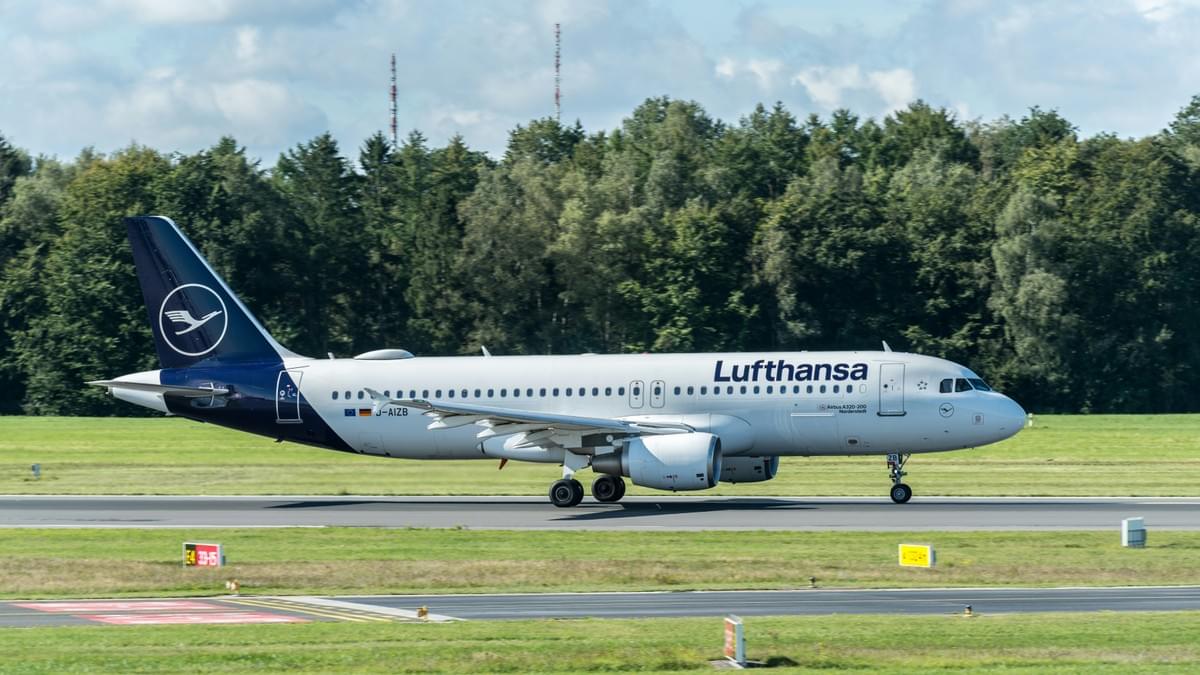
Runway Visual Range (RVR) monitors play a crucial role in ensuring safe landings, especially under low-visibility conditions. These monitors provide real-time measurements of visibility along the runway, which is essential for pilots to determine how much visibility is needed to land a plane safely. The significance of RVR in aviation cannot be overstated, as it directly influences landing decisions and overall flight safety.
How RVR Monitors Work
RVR monitors utilize advanced optical sensors that measure the distance at which a pilot can see the runway lights or markings. This data is then converted into numerical values representing visibility in meters or feet, providing pilots with accurate information about current conditions. By continuously updating this information, RVR monitors help pilots make informed decisions about whether they can proceed with landing during challenging weather scenarios, such as fog or heavy precipitation.
RVR Aviation Charts Explained
RVR aviation charts are visual tools that present critical information regarding runway visual range at various airports. These charts display current and forecasted RVR values, allowing pilots to assess how much visibility is needed to land a plane effectively at their destination. Understanding these charts is vital for flight crews as they navigate through low-visibility situations and make operational decisions based on real-time data.
Interpreting FAA RVR Data
Interpreting FAA RVR data requires familiarity with specific metrics and guidelines set forth by the Federal Aviation Administration (FAA). The FAA provides standards that outline minimum visibility requirements for different types of approaches and landings based on the measured RVR values. By analyzing this data alongside other meteorological conditions, pilots can determine whether it's feasible for planes to land in fog or other reduced visibility scenarios while maintaining safety protocols.
Haisen's Advanced Surface Movement Guidance Control System

In the realm of aviation, particularly during challenging weather conditions, Haisen's Advanced Surface Movement Guidance Control System (SMGCS) stands out as a game changer. This sophisticated system is designed to enhance airport operations by providing critical data and guidance for aircraft on the ground, especially when visibility is compromised. With features like signal collection, surface monitoring, and alarm control, it meets the level-IV operation standard recommended by ICAO.
Overview of Haisen's System
Haisen's system encompasses a range of functionalities that facilitate efficient airport management during low-visibility conditions. It integrates various technologies such as meteorological systems and MLAT (Multilateration) systems to ensure comprehensive tracking of surface moving targets. By utilizing advanced algorithms for route planning and light guidance, it streamlines operations while ensuring safety—a vital consideration when determining how much visibility is needed to land a plane.
Benefits for Low-Visibility Operations
One of the primary benefits of Haisen's SMGCS is its ability to significantly improve operational efficiency in low-visibility scenarios. The system’s dynamic tracking capabilities allow for real-time monitoring of aircraft movements on the tarmac, which is crucial when fog rolls in or other weather phenomena affect visibility—prompting questions like Can planes land in fog? With its precise data outputs and alert mechanisms, pilots can make informed decisions based on the RVR (Runway Visual Range) measurements provided by RVR monitors.
Integration with Air Traffic Control
The seamless integration of Haisen's system with air traffic control (ATC) automation ensures that all stakeholders are on the same page during low-visibility operations. This collaboration enhances communication between pilots and ATC personnel as they navigate challenging conditions using FAA RVR guidelines and RVR aviation charts for reference. Such integration not only bolsters safety but also optimizes airport capacity during times when visibility may otherwise hinder operations—illustrating just how vital these innovations are in modern aviation.
The Human Element in Low Visibility Landings
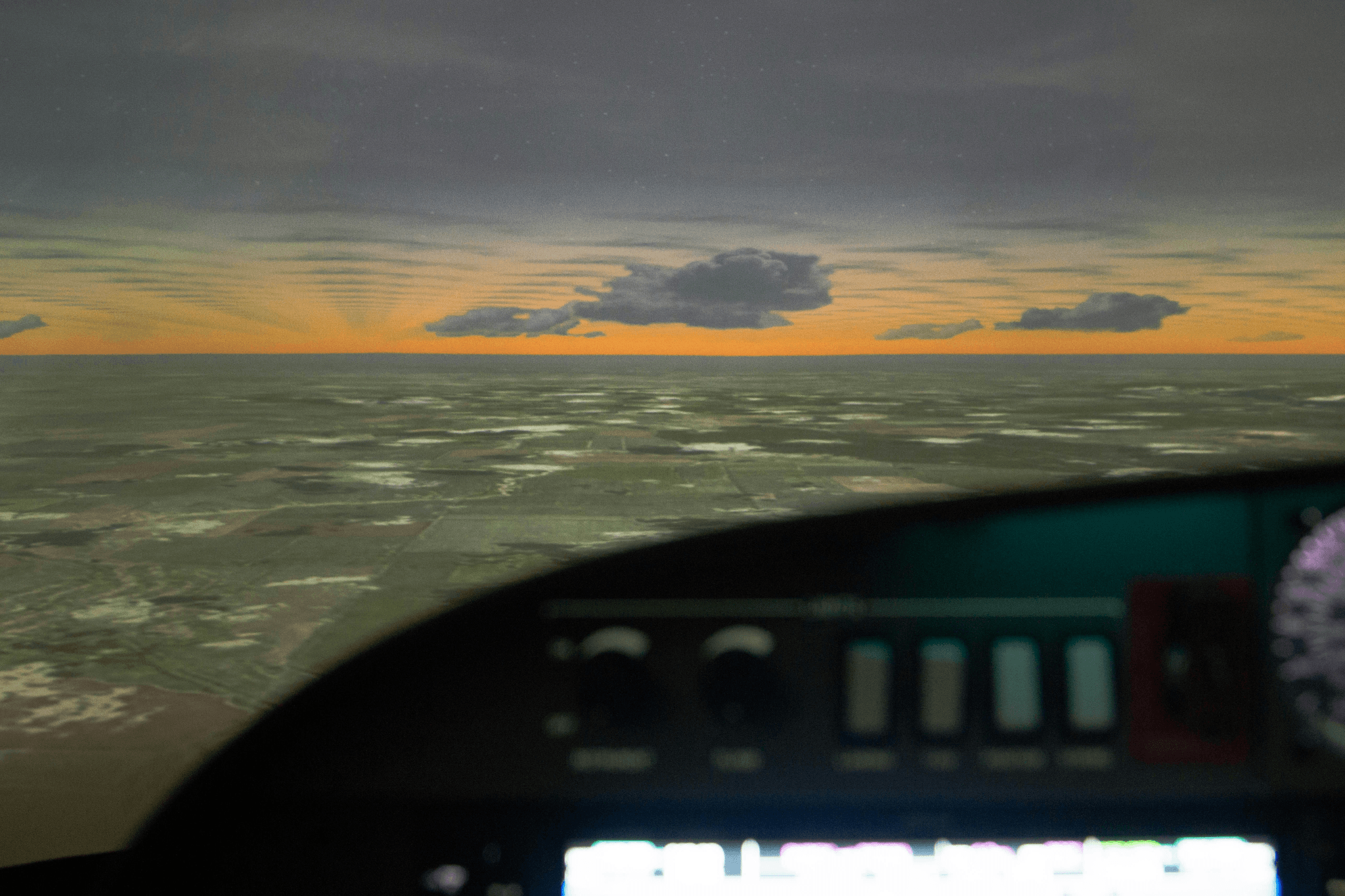
When it comes to landing a plane, the human element plays a crucial role, especially in low visibility conditions. Pilots are trained extensively to handle various scenarios, including how much visibility is needed to land a plane safely. Understanding the nuances of reduced visibility can significantly impact their performance and decision-making processes.
Pilot Training for Reduced Visibility
Pilot training for reduced visibility is rigorous and multifaceted. It focuses on teaching pilots how to interpret RVR in aviation and understand the implications of different RVR measurements on landing decisions. Training also includes simulations that replicate real-life scenarios where fog might obscure vision, allowing pilots to become adept at using tools like the RVR monitor and runway visual range chart.
In these training sessions, pilots learn about FAA RVR guidelines and how they dictate operational limits during low-visibility conditions. This knowledge helps them assess whether they can safely land given the current weather situation, including fog or other obstructions that might affect visibility. By practicing under simulated low-visibility conditions, pilots gain confidence in their ability to make quick decisions when faced with real-world challenges.
Decision-Making Under Pressure
Decision-making under pressure is a critical skill for pilots operating in low-visibility environments. When faced with questions like Can planes land in fog? pilots must quickly evaluate their options based on real-time data from sources such as FAA RVR reports and RVR aviation charts. The ability to synthesize this information while managing stress levels can be the difference between a safe landing and an emergency situation.
Pilots often rely on their training when making decisions about whether to proceed with a landing or divert to an alternate airport due to insufficient visibility. They must assess factors like runway visual range (RVR) readings and other environmental considerations before committing to an approach. This high-stakes decision-making process requires not only technical knowledge but also emotional resilience and calmness under pressure.
Real-Life Pilot Experiences
Real-life pilot experiences provide invaluable insights into handling low-visibility landings effectively. Many seasoned pilots have encountered situations where they had limited visibility due to fog or rain but successfully navigated through using their training and available technology like the RVR monitor. Their stories often highlight how adherence to FAA guidelines regarding minimum visibility requirements has shaped safer landing practices over time.
For instance, some pilots recount instances where they had just enough runway visual range data from RVR aviation charts that allowed them to make informed decisions about proceeding with an approach despite challenging weather conditions. These experiences underscore the importance of combining human judgment with technological advancements for optimal safety outcomes during low-visibility operations at airports worldwide.
Conclusion
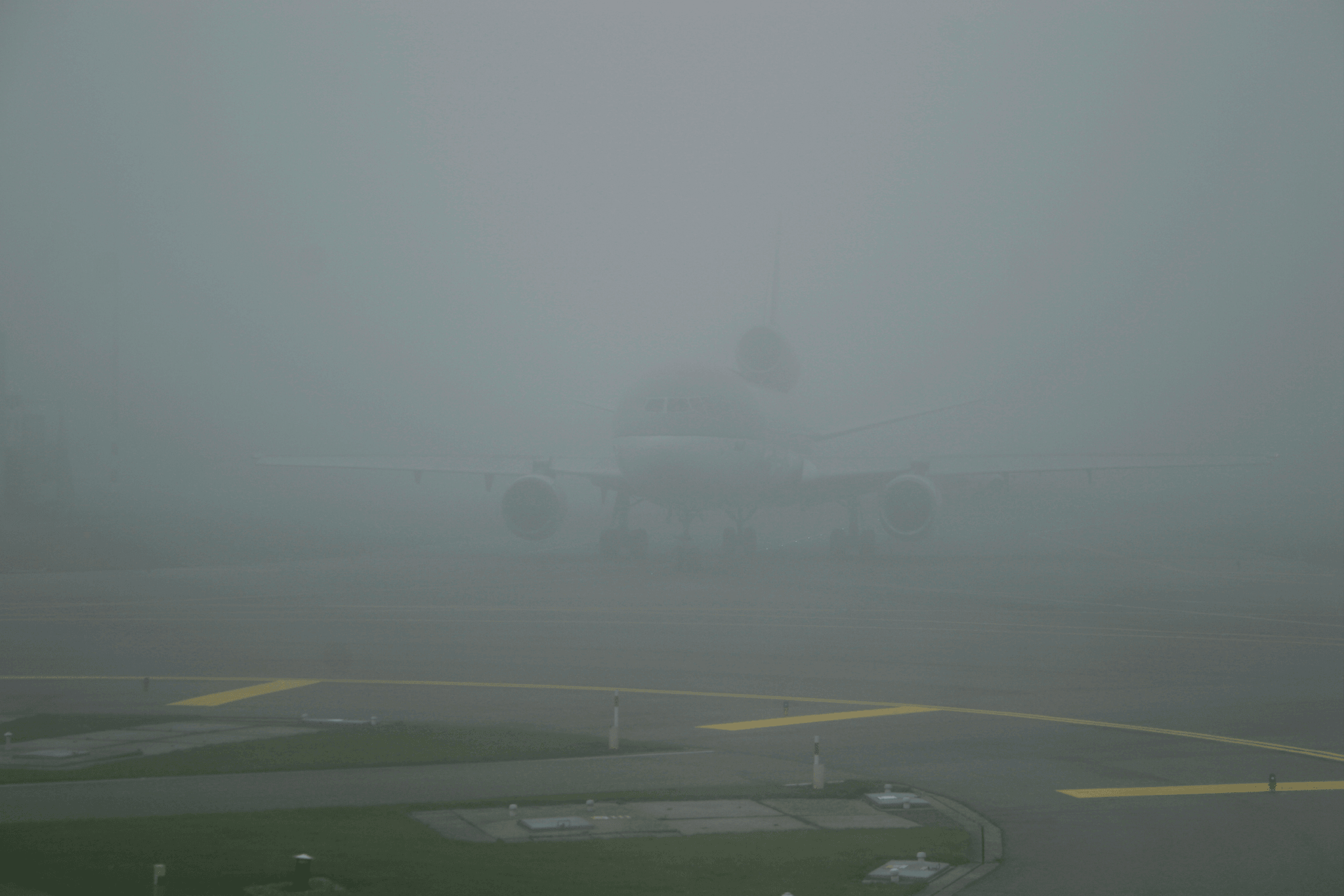
As we wrap up our exploration of visibility in aviation, it’s clear that assessing visibility for safe landings is crucial for both pilots and air traffic controllers. The question of how much visibility is needed to land a plane isn’t just a matter of numbers; it involves understanding various factors including weather conditions, runway visual range (RVR), and the technology available to assist in low-visibility situations. With advancements in RVR monitoring systems and guidelines set by the FAA, pilots are better equipped to make informed decisions even when faced with challenging conditions.
Assessing Visibility for Safe Landings
Determining how much visibility is needed to land a plane involves more than just checking the weather report; it requires an understanding of RVR in aviation. The FAA has established specific RVR thresholds that dictate whether an aircraft can safely land or must divert to another airport. When pilots receive data from RVR monitors, they can accurately assess the situation on the ground and make critical decisions regarding landing approaches.
Future of Low-Visibility Operations
The future of low-visibility operations looks promising, thanks in large part to innovations like Haisen's Advanced Surface Movement Guidance Control System. This system enhances airport efficiency by integrating various technologies such as surface monitoring and alarm control, allowing for safer operations during foggy or low-visibility conditions. As we continue to develop better tools like RVR aviation charts and advanced tracking systems, we can expect a significant reduction in delays caused by poor visibility.
Innovations in Aviation Safety and Technology
Innovations in aviation safety are continually evolving, particularly regarding how we interpret data from RVR monitors and runway visual range charts. The integration of advanced technologies not only aids pilots but also improves communication between air traffic control and ground services during low-visibility scenarios. As these technologies advance further, we will likely see more effective ways to manage operations under challenging conditions while ensuring that safety remains the top priority.
